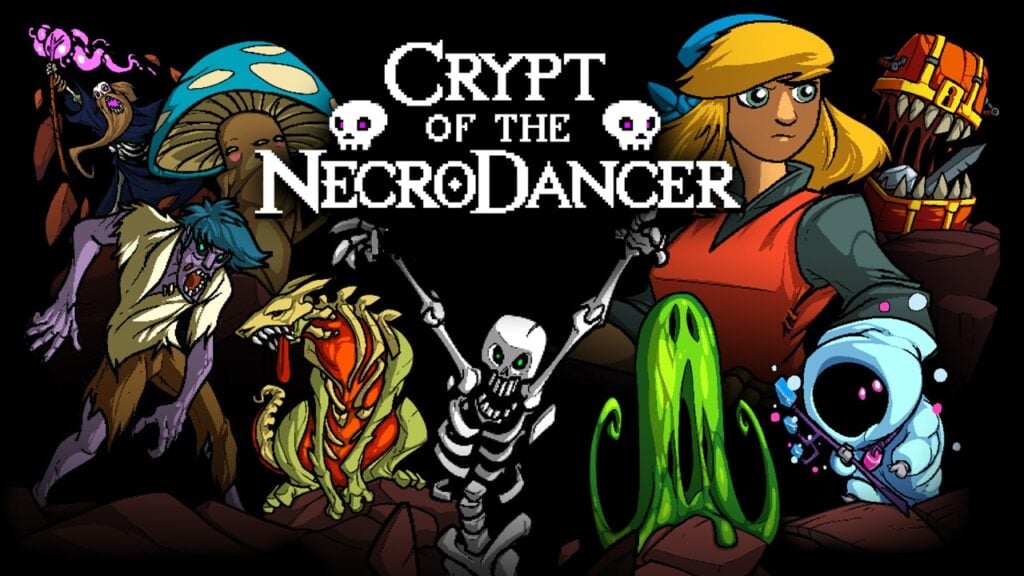Ridley Scott's Lost Dune: A 40-Year-Old Script Unveiled
This week marks four decades since David Lynch's Dune premiered. While a box office flop initially, it's cultivated a devoted following. This stands in stark contrast to Denis Villeneuve's recent big-screen adaptation. Ridley Scott's involvement, before Lynch took the helm, has remained largely shrouded in mystery—until now.
Thanks to T.D. Nguyen, a 133-page October 1980 draft of Scott's abandoned Dune, penned by Rudy Wurlitzer, surfaced from the Coleman Luck archives at Wheaton College. This script, intended as part one of a two-part epic, reveals a significantly different vision than what audiences have seen.
Frank Herbert's initial screenplay was dense and un-cinematic. Scott, after Alien's success, selected a handful of scenes but commissioned Wurlitzer for a complete rewrite. Wurlitzer himself described the process as challenging, stating it took longer to structure the narrative than to write the final script. He aimed to capture the book's essence while infusing a distinct sensibility. Scott later confirmed the script's quality.
Several factors contributed to the project's collapse: Scott's personal grief, his aversion to filming in Mexico (De Laurentiis's demand), escalating budget concerns, and the allure of the Blade Runner project. Crucially, Universal executive Thom Mount noted a lack of unanimous enthusiasm for Wurlitzer's script.
Was it a poor cinematic adaptation, or simply too dark and politically charged for mainstream success? A detailed analysis of the script allows for informed judgment. While Wurlitzer and Scott declined to comment, the script itself offers compelling insights.
A Darker Paul Atreides
The script opens with a dream sequence depicting apocalyptic armies, foreshadowing Paul's destiny. Scott's signature visual density is evident in descriptions like "birds and insects become a whirling hysteria of motion." Paul, depicted as a 7-year-old with long blonde hair, undergoes a trial by the Reverend Mother, his Litany Against Fear intercut with his mother's, highlighting their psychic bond. While Lynch's version included visuals of a burning hand, Scott's script emphasizes the psychological rather than the literal.
This Paul is more assertive, actively taking charge. A flash-forward showcases his transformation into a master swordsman by age 21, surpassing Duncan Idaho (who replaces Gurney Halleck). This contrasts with Lynch's portrayal, where Paul's vulnerability generates tension.
The Emperor's Demise and Political Intrigue
The script introduces a crucial twist: the Emperor's death serves as the catalyst for the narrative. The Emperor's death is revealed in a poignant scene where a gardener, witnessing the rain, proclaims the Emperor's passing. The scene cuts to the Emperor's funeral, where the deceased Emperor speaks through a medium, bequeathing Arrakis to Duke Leto. Baron Harkonnen's subsequent actions, including a near-identical line about controlling spice, add to the intrigue.
The Guild Navigator and Arrakis
The Guild Navigator is vividly depicted as an elongated, humanoid creature, floating in a transparent container. The Navigator's method of plotting the Heighliner's course through musical intonations to "Engineers" is a nod to Scott's later work.
The Atreides' arrival on Arrakis emphasizes a medieval aesthetic. Descriptions of Arakeen, with its dark chambers and massive fireplaces, reflect Scott's later film Legend. The ecological impact of spice harvesting is highlighted through dissected creatures, and class disparity is starkly portrayed through scenes of dehydrated citizens. A new bar fight scene, reminiscent of 80s action films, adds unexpected action.
Violence and the Fremen
The script features increased violence. Paul and Duncan engage in a brutal bar fight, and Stilgar's swift decapitation of a Harkonnen agent adds intensity. The scene where Yueh poisons the Duke and is subsequently killed is also significantly more violent than previous adaptations. Paul's escape with Jessica is a harrowing sequence involving a deadly encounter with Sardaukar.
Paul and Jessica's desert journey is equally intense, featuring a dramatic crash landing and encounters with Fremen. The sandworm encounter mirrors Villeneuve's version, but the overall tone is harsher. The script notably omits the incestuous relationship between Paul and Jessica, a significant departure from previous versions.
The Water of Life Ceremony
The climax features a Water of Life ceremony led by a gender-bending Shaman, with a sandworm emerging from the sand. The ceremony is visually striking and surreal, blending elements of Dune with other cultural influences. The script ends with Paul and Jessica's acceptance into the Fremen tribe, setting the stage for future conflicts.
A Bold but Divisive Vision
Scott's Dune, as envisioned in Wurlitzer's script, offers a darker, more politically charged interpretation. Paul is less a reluctant hero and more a driven figure accepting his destiny. While the ecological and political aspects are given prominence, the script's intensity and deviations from the source material might have alienated some fans. The script's focus on the ecological consequences of spice mining and the exploitation of the populace offers a unique perspective rarely explored in other adaptations.
The legacy of this lost Dune is complex. It showcases a bold vision that, while ultimately unproduced, offers a fascinating glimpse into what could have been. It also highlights the challenges of adapting complex source material to the big screen, and the delicate balance between fidelity to the source and creative interpretation. Perhaps, in the future, another filmmaker will revisit this unique adaptation, bringing its compelling vision to life.
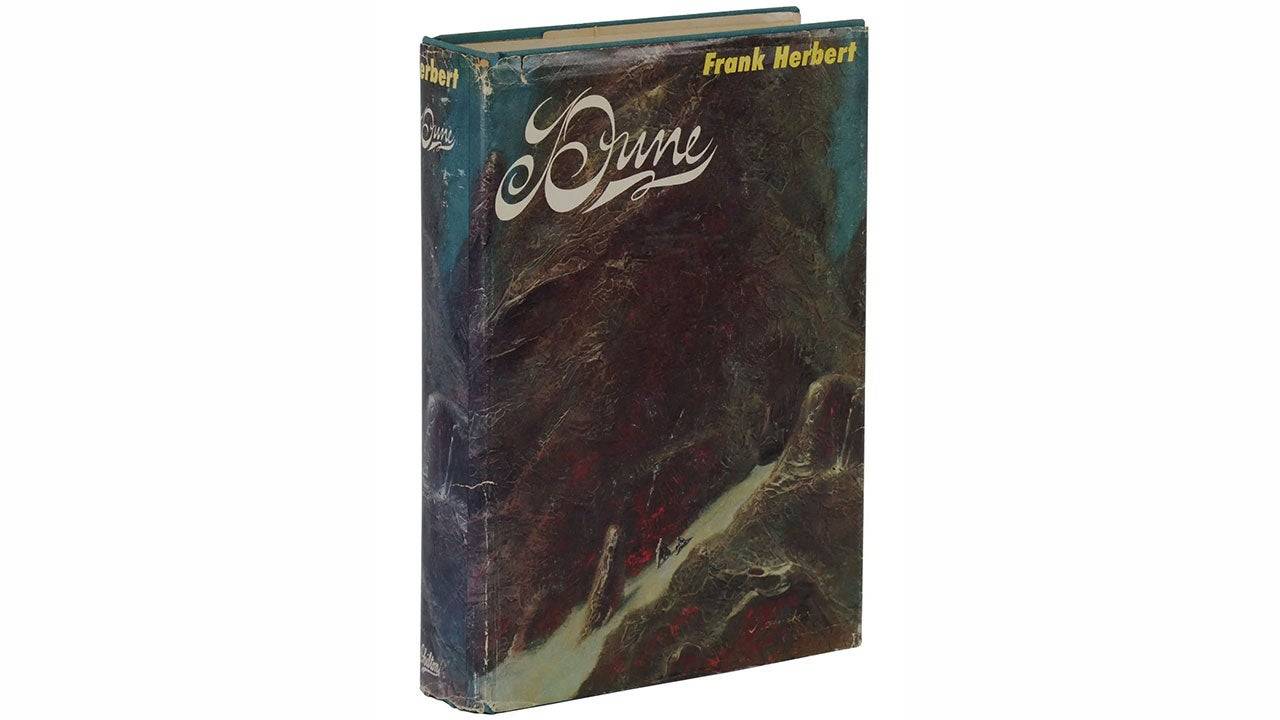
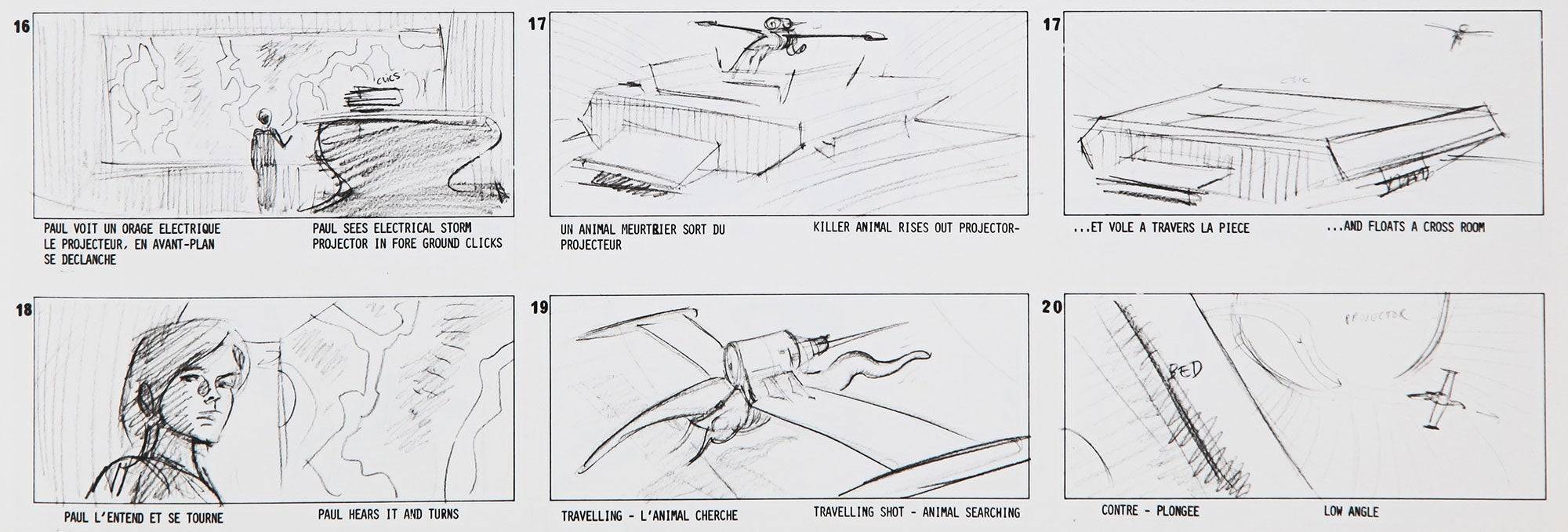
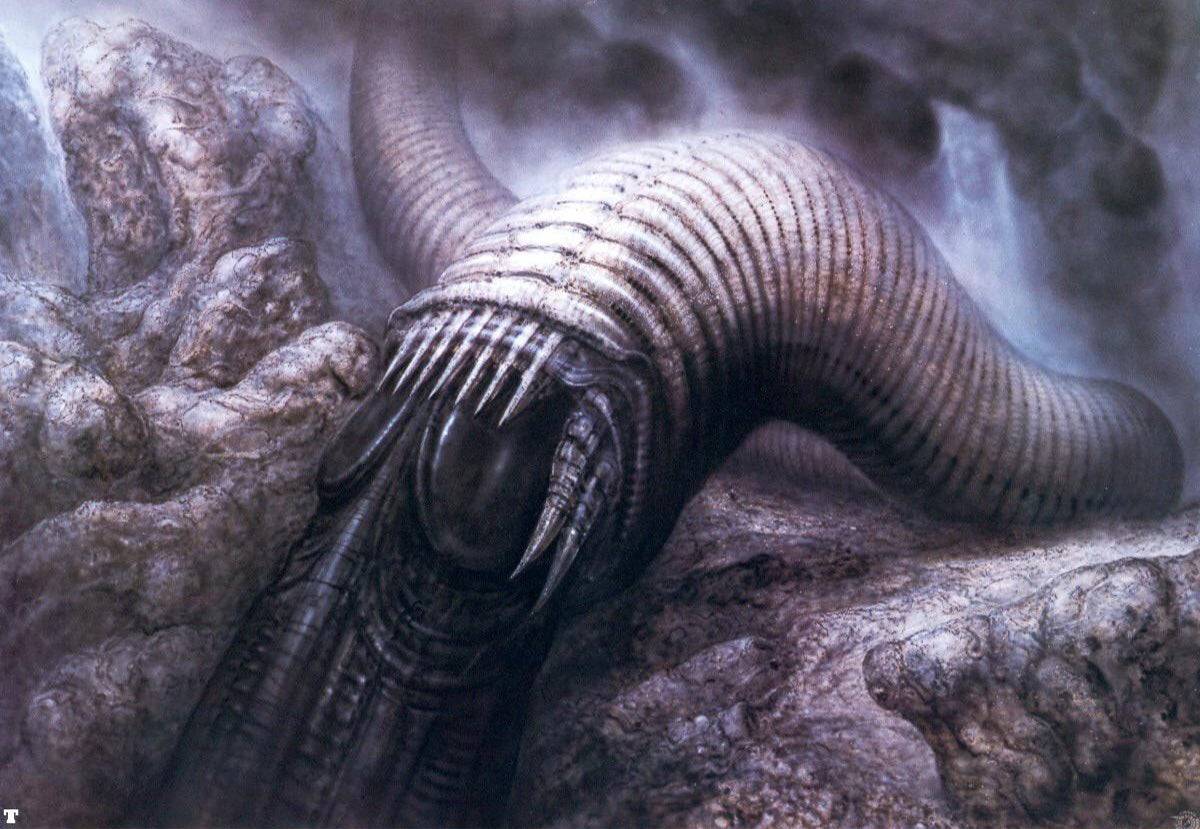
 Home
Home  Navigation
Navigation






 Latest Articles
Latest Articles
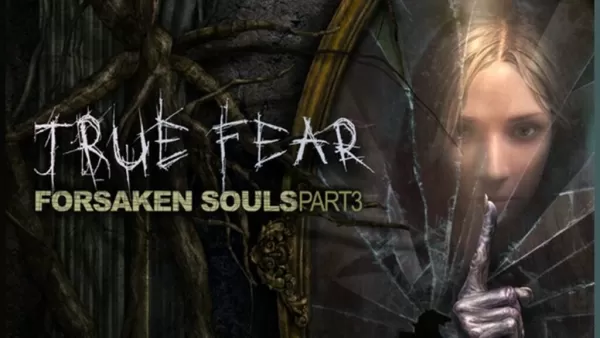









 Latest Games
Latest Games










